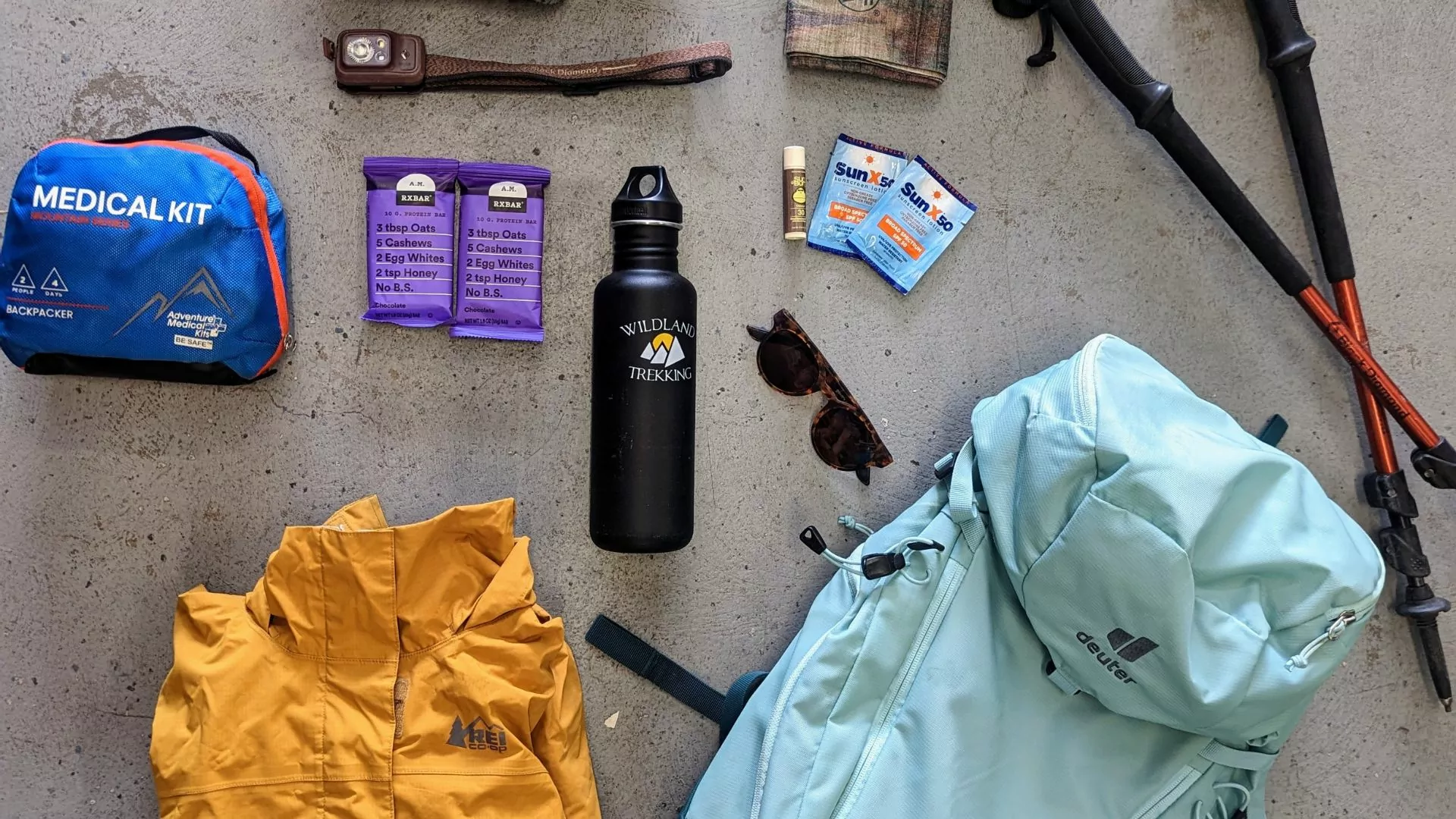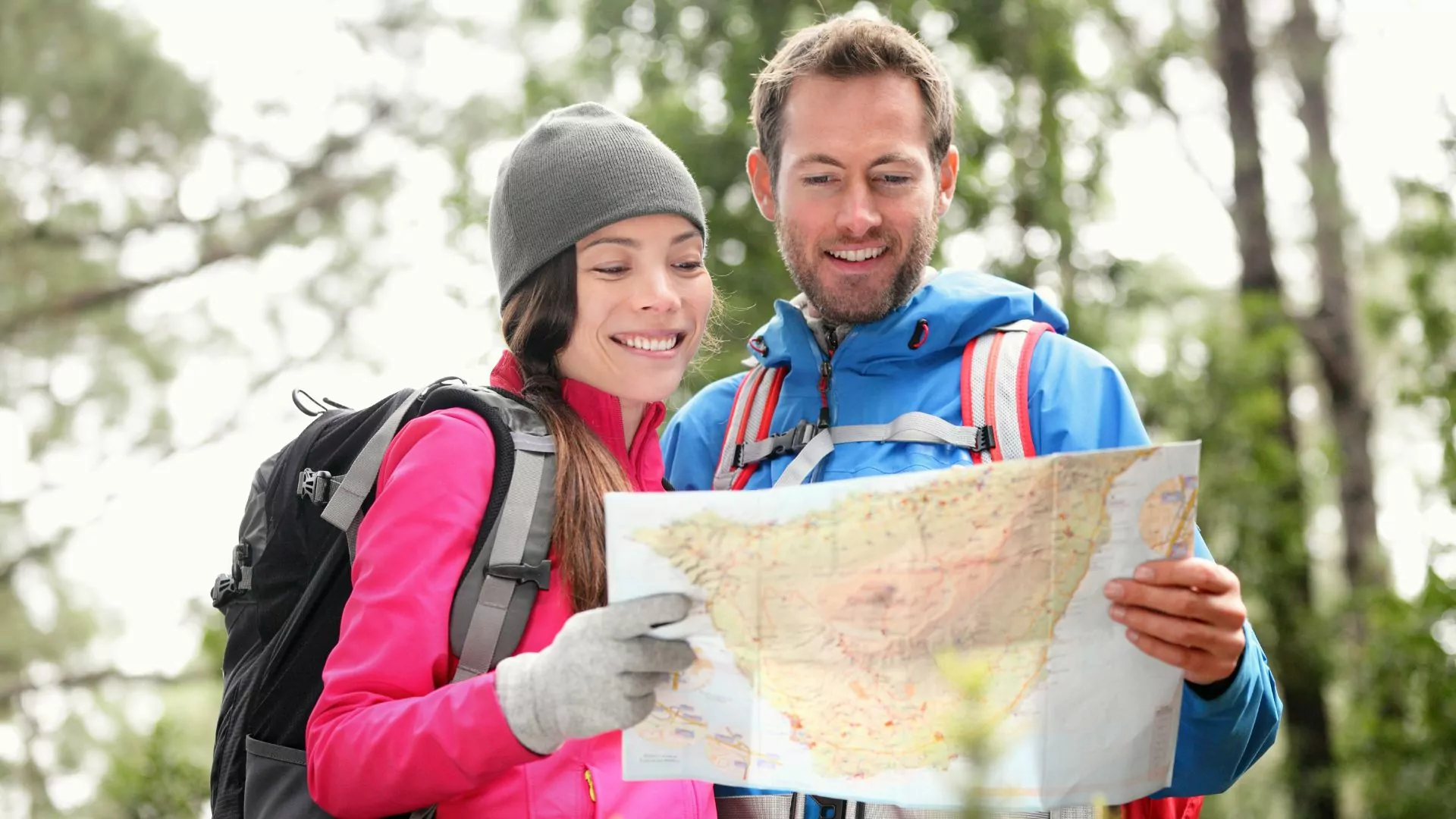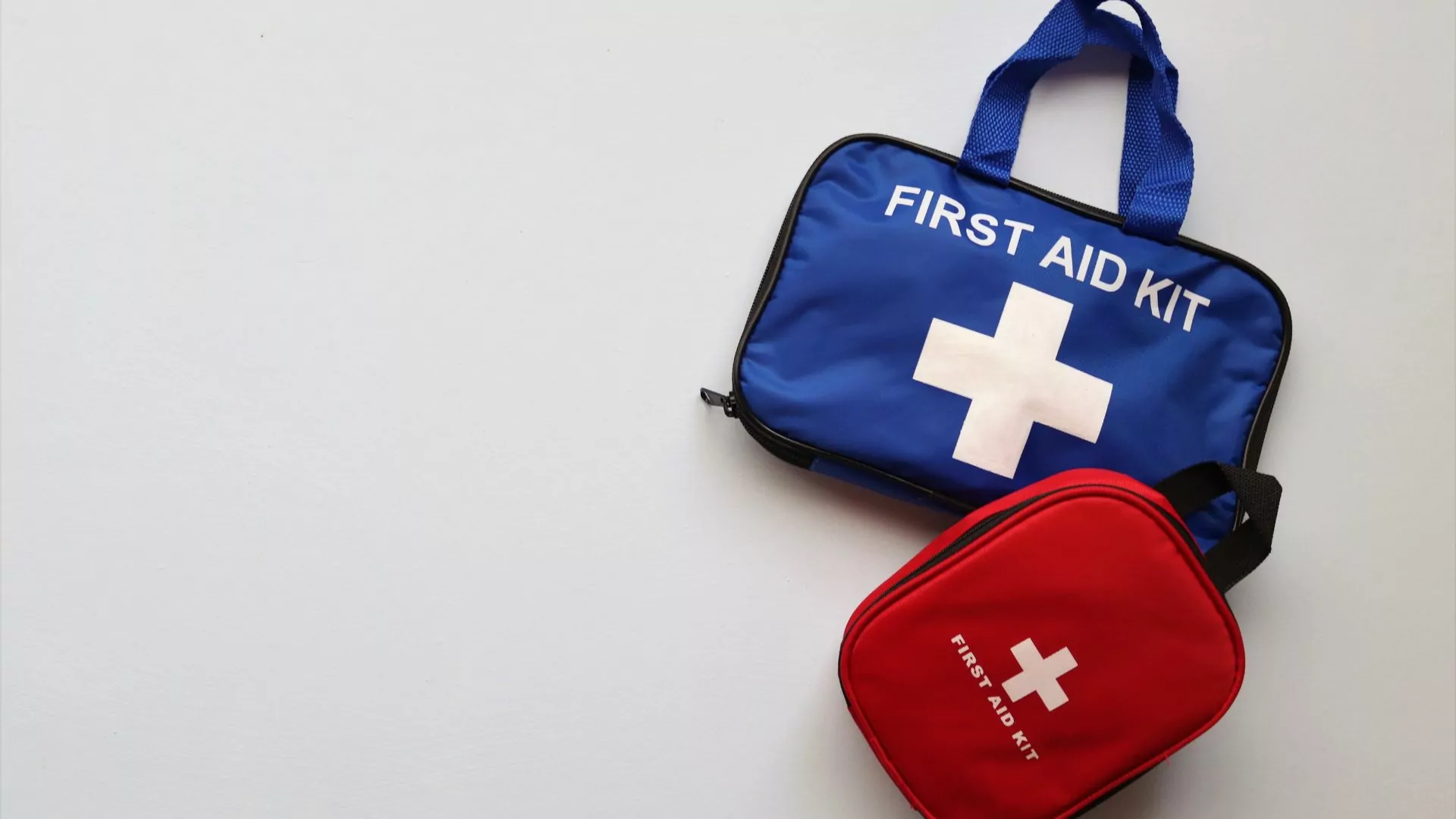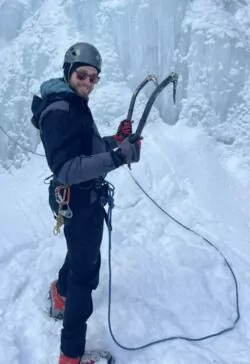What to Pack for a Day Hike
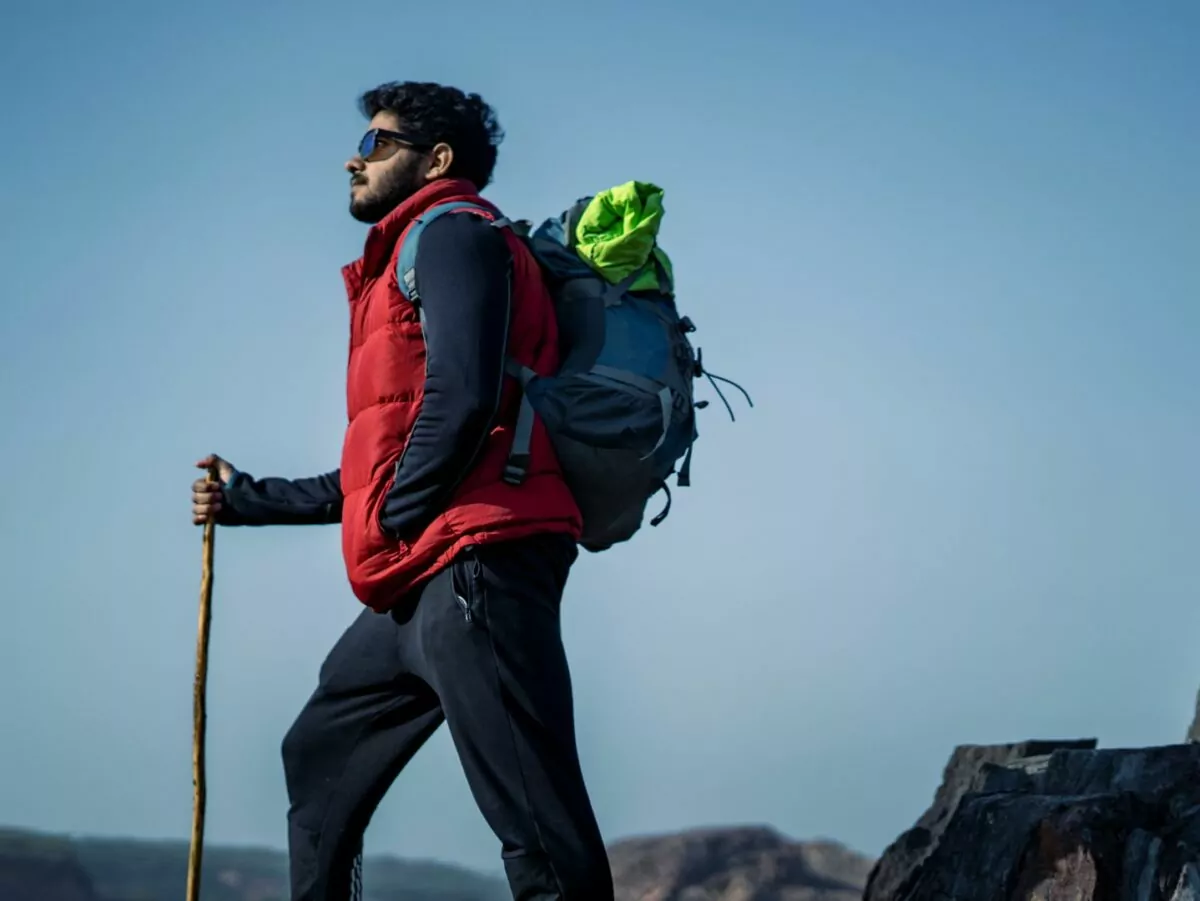
Embarking on a day hike is a wonderful way to connect with nature, get some exercise, and enjoy the great outdoors. However, proper preparation is key to ensuring a safe and enjoyable hiking experience. In this blog post we will discuss the essential items that your day hiking packing list should have to help you stay safe, comfortable, and prepared for any situation that may arise.
In addition to this day’s hiking pack list, hiker’s should leave detailed plans with someone they trust who is not going on the hike. This detailed plan should include the intended route, the potential back-up or alternate route options, contingency plans, entrance and exit times. Having all of this information will aid search and rescue crews if the hiker(s) are not back by the planned times. It is crucial to check back in with this point of contact post hike so that they do not contact the authorities unnecessarily.
History
The concept of the 10 essentials for a day hiking packing list originated in the 1930s with The Mountaineers, a Seattle-based outdoor organization. The Mountaineers published a list of essential items that hikers should carry with them to ensure their safety and preparedness while exploring the wilderness. Over the years, the list has evolved and been refined based on advancements in outdoor gear and technology.
The original list of essentials included items such as a map, compass, sunglasses, extra clothing, headlamp, first aid kit, fire starter, matches, knife, and extra food. These items were deemed essential for hikers to have in case of emergencies or unexpected situations while out on the trails.
As outdoor recreation became more popular and accessible to a wider audience, the concept of the 10 essentials gained traction and became widely adopted by outdoor enthusiasts and organizations around the world. The list serves as a guideline for hikers to ensure they are adequately prepared for any situation that may arise while hiking in the Wilderness.
Today, the 10 essentials for day hiking continue to be a fundamental part of outdoor education and safety practices, emphasizing the importance of being prepared and self-sufficient while enjoying the great outdoors.
Day Hike Packing List:
1. Navigation
One of the most important items to pack for a day hike is a reliable navigation tool. This can
include a map of the area you will be hiking in, a compass, or a GPS device. Knowing how to
use these tools effectively can help you stay on course and prevent getting lost. Practice
with these tools before embarking on your trip and make sure that your maps are
downloaded for offline use for areas without cell phone service.
2. Sun Protection
Protecting yourself from the sun’s harmful rays is crucial when spending extended periods
of time outdoors. Pack sunscreen with a high SPF, sunglasses to shield your eyes, and a hat
to protect your face and head from sun exposure. A great way to avoid having to apply and
reapply sunscreen is to invest in a lightweight sun-hoodie. Often these weigh less than 6
ounces and have UPF rating built right into the fabric!
3. Insulation
Weather conditions can change rapidly while out on the trails, so it’s essential to pack extra
clothing layers for insulation. This can include a lightweight jacket, a hat, gloves, and a rain
jacket to stay warm and dry in case of unexpected weather changes. Developing a layering
system that is modular based on the changing conditions will ensure comfort and help you
adapt to the environment.
4. Illumination
Having a reliable source of light is essential for hiking during early morning hours or in the evening. Pack a headlamp or flashlight with extra batteries to navigate dark trails or in case your hike takes longer than expected. Even on an outing where you plan to be back well before dark, this is a crucial piece of gear to bring as it grants you the ability of sight once the sun has gone down. Sooner or later you may have an adventure that goes well beyond when you planned for it to end!
5. First Aid Supplies
Accidents can happen while hiking, so it’s important to pack a basic first aid kit with
essentials such as bandages, antiseptic wipes, pain relievers, and any personal medications
you may need. Adapting this kit to the people you are adventuring with and to the activity
that you are doing is crucial. Additionally, knowing how to use and what is in your first aid
kit is a must do for all those going into the backcountry. For those looking to up their first
aid skills, obtaining a Wilderness First Responder (WFR) certification is a wonderful place
to start.
6. Fire
In case of emergencies or to stay warm, pack waterproof matches or a lighter to start a fire.
This can be crucial for signaling for help or staying warm if you get stranded. Making sure
that you have practiced this skill under suboptimal conditions will ensure that if you ever
find yourself needing to start a fire under duress you will be prepared.
7. Repair Kit and Tools
Carrying a small repair kit with items like duct tape, a multi-tool, and extra shoelaces can
help you fix gear or equipment issues on the trail. This is another adaptable component of
your kit that you should tailor specifically to the outing and gear which you might be repairing.
8. Nutrition
Pack extra food and snacks to keep your energy levels up during the hike. High-energy
snacks like trail mix, energy bars, and fruits are great options to fuel your body throughout
the day. Occasionally people find themselves forgetting to eat during exercise and it is
critical that you have foods that you enjoy with you. Bonking during a day hike is never any
fun!
9. Hydration
Staying hydrated is essential while hiking, so pack plenty of water or a hydration system to
prevent dehydration. Consider bringing a water filter or purification tablets/drops if you plan to refill your water from natural sources. This will significantly reduce your overall pack weight.
10. Emergency Shelter
Lastly, pack an emergency shelter such as a lightweight tent, emergency bivy, or space
blanket to protect yourself from the elements in case you get lost or stranded. Although you
should aspire to never need this piece of gear, if you did, it just might save your life.
Read: How to PAck for Backpacking
Have a Successful Hike
The day hiking packing list mentioned above for a day hike is crucial
for ensuring your safety, comfort, and preparedness while exploring the great outdoors.
Additionally, as your experience grows and your adventure’s become grander, this day hiking
packing lists will grow and adapt with you. Tailoring and refining your kit specific to the
outing can be a very fun way to prepare for a trip without ever leaving your home!
By being well-prepared and equipped with the right gear, you can enjoy your day hike
to the fullest and make lasting memories in nature. Remember to always check the weather
forecast, inform someone of your hiking plans, and practice Leave No Trace principles to
minimize your impact on the environment.
Hiring a Wildland Trekking Hiking Guide and going over the day hiking packing list together is a fantastic way to shortcut the learning process and find out what working guides are using in their day hiking packing list too! Happy hiking!



